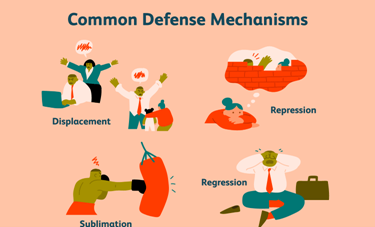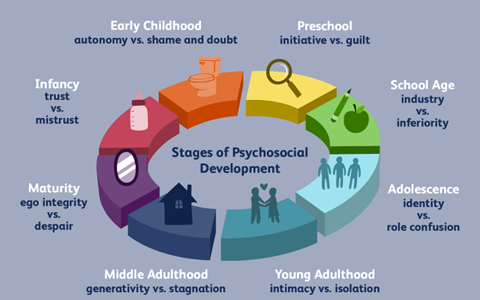A nurse is caring for a client who smokes and has lung cancer. The client reports, “I'm coughing because I have that cold that everyone has been getting.”
The nurse should identify that the client is using which of the following defense mechanisms?
Denial
Reaction formation
Sublimation
Suppression
The Correct Answer is A
Denial is a defense mechanism where an individual refuses to accept or acknowledge the existence of a problem or a reality that causes anxiety or distress. In this scenario, the client is denying that their coughing is related to their lung cancer, and instead attributing it to a common cold that everyone is getting. This denial may be a way for the client to avoid facing the reality of their illness and the potential consequences of smoking.
Option b, reaction formation, is a defense mechanism where an individual expresses feelings or behaviors that are the opposite of their true feelings to reduce anxiety.
Option c, sublimation, is a defense mechanism where an individual channels their unacceptable impulses into more acceptable or socially appropriate behaviors.
Option d, suppression, is a defense mechanism where an individual consciously pushes down or avoids their thoughts or feelings. None of these defense mechanisms are being exhibited in the scenario described.

Nursing Test Bank
Naxlex Comprehensive Predictor Exams
Related Questions
Correct Answer is C
Explanation
The Industry versus Inferiority stage occurs during the ages of 6 to 12 years old. At this stage, children start to develop a sense of competence and work towards mastering new skills. Success during this stage leads to a sense of pride, while failure leads to feelings of inferiority.
Chronic illness can interfere with a child's ability to develop a sense of competence and mastery, leading to feelings of failure and inferiority. This can have a negative impact on their self-esteem and overall development.

Correct Answer is D
Explanation
In this scenario, the client has expressed a serious threat to harm someone, which triggers a healthcare provider's duty to warn law. The nurse appropriately informed the healthcare provider, who then informed their boss, to protect the potential victim from harm. This action is not a violation of privacy or confidentiality, as it is necessary for the safety and wellbeing of others.
Therefore, no disciplinary action is required for the nurse or the healthcare provider, as they acted in accordance with their professional and legal obligations to protect the safety of others.
Whether you are a student looking to ace your exams or a practicing nurse seeking to enhance your expertise , our nursing education contents will empower you with the confidence and competence to make a difference in the lives of patients and become a respected leader in the healthcare field.
Visit Naxlex, invest in your future and unlock endless possibilities with our unparalleled nursing education contents today
Report Wrong Answer on the Current Question
Do you disagree with the answer? If yes, what is your expected answer? Explain.
Kindly be descriptive with the issue you are facing.
